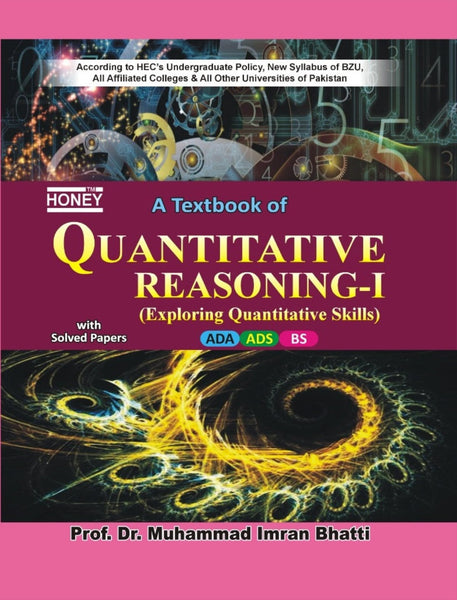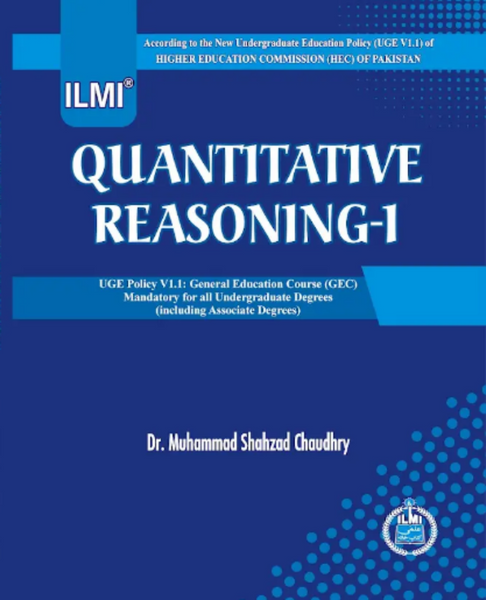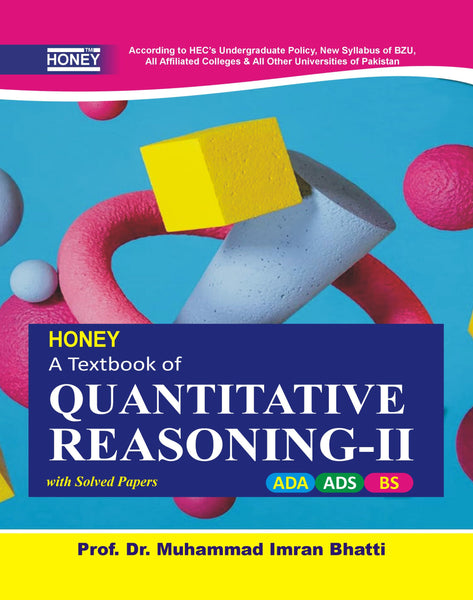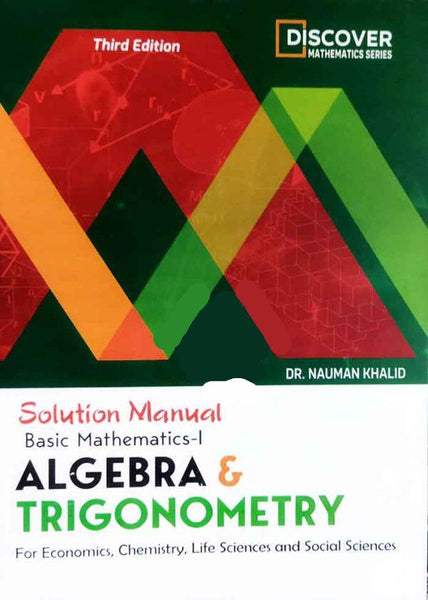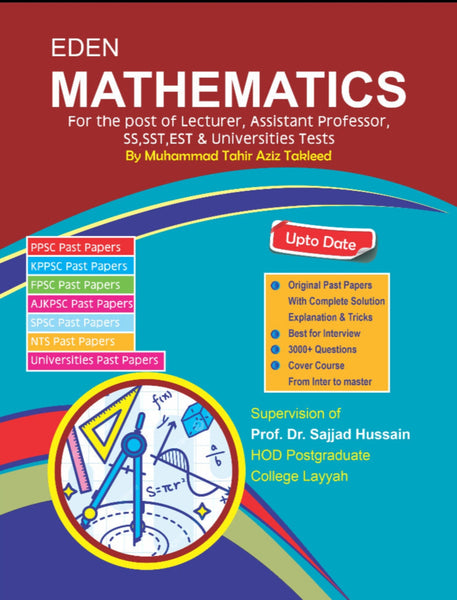Guide To Computational Geometry Processing By J Andreas Baentzen
- Publisher: MATHEMATICS
- Availability: In Stock
- SKU: 43180
- Number of Pages: 346
Rs.760.00
Rs.1,090.00
Tags: 3D graphics , affordable prices , best books , Best Price , best prices , Best Selling Books , BSP trees , CAD/CAM , collision detection , computational geometry , computer graphics , Delaunay triangulations , geometric algorithms , geometric foundations , geometric transformations , good books , Guide To Computational Geometry , J Andreas Baentzen , mesh generation , mesh simplification , point clouds , price cut , price-friendly Comprehensive , quadtrees , real-time processing , Reasonable Price , ReasonablePrice , Recommended Book , reduced price , shape analysis , shape recognition , spatial data structures , surface reconstruction , Unparalleled Quality Best Price , Voronoi diagrams
Computational Geometry Processing is a comprehensive guide authored by J Andreas Baentzen, Jens Gravesen, and Francois Anton, offering a detailed exploration of geometric algorithms and their applications in computer graphics, CAD/CAM, and more.
Key Points:
-
Introduction to Computational Geometry: Computational Geometry is the study of algorithms to solve geometric problems, crucial in various applications from robotics to medical imaging.
-
Foundations of Geometry: Covers fundamental concepts such as points, lines, planes, polygons, and geometric transformations.
-
Geometric Algorithms: Detailed algorithms for geometric primitives, convex hulls, Voronoi diagrams, and Delaunay triangulations.
-
Applications in Computer Graphics: Discusses techniques for rendering, mesh generation, and collision detection in 3D graphics.
-
CAD/CAM Integration: How computational geometry supports design and manufacturing processes in CAD/CAM systems.
-
Mesh Simplification and Compression: Techniques to reduce the complexity of 3D meshes while preserving visual fidelity.
-
Surface Reconstruction: Algorithms for reconstructing surfaces from point clouds obtained from 3D scanning.
-
Shape Analysis and Recognition: Methods to analyze and recognize shapes using geometric descriptors and feature extraction.
-
Spatial Data Structures: Data structures like BSP trees and quadtrees used for efficient spatial queries and partitioning.
-
Future Directions: Emerging trends and challenges in computational geometry, such as handling big data and real-time processing.
This guide is essential for researchers, practitioners, and students looking to delve into the intricacies of computational geometry processing, providing both theoretical foundations and practical insights.
════ ⋆★⋆ ════
Writer ✤ J Andreas Baentzen & Jens Gravesen Francois Anton



